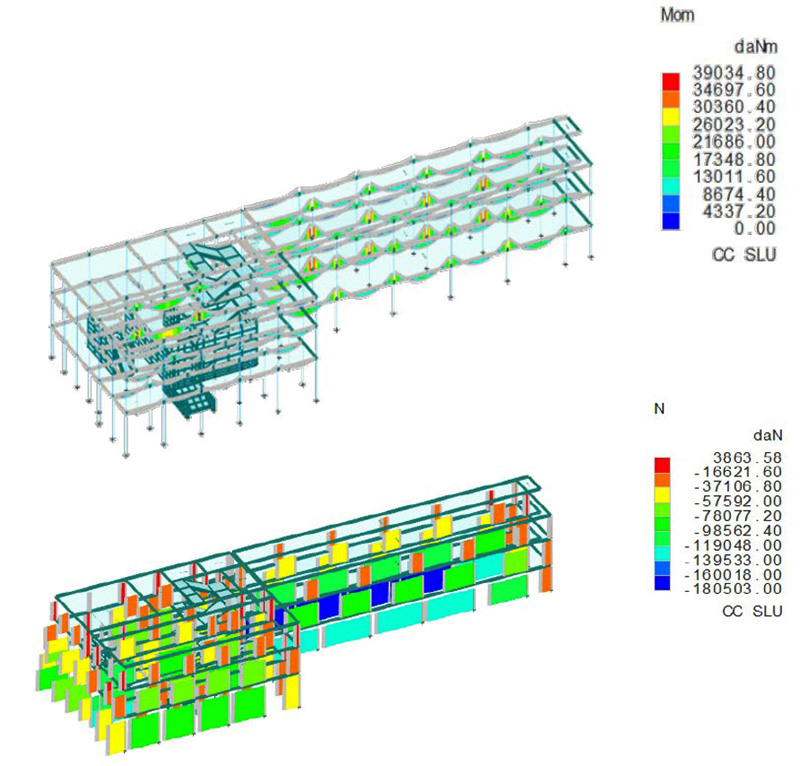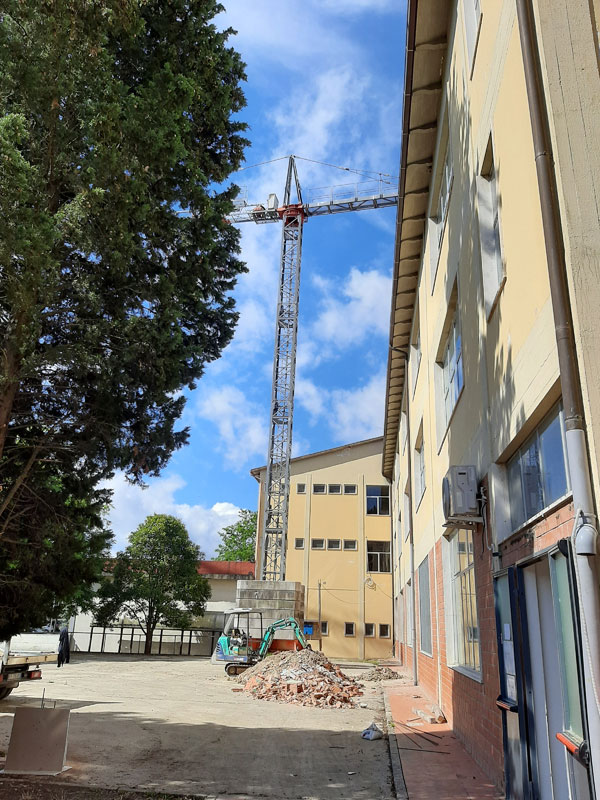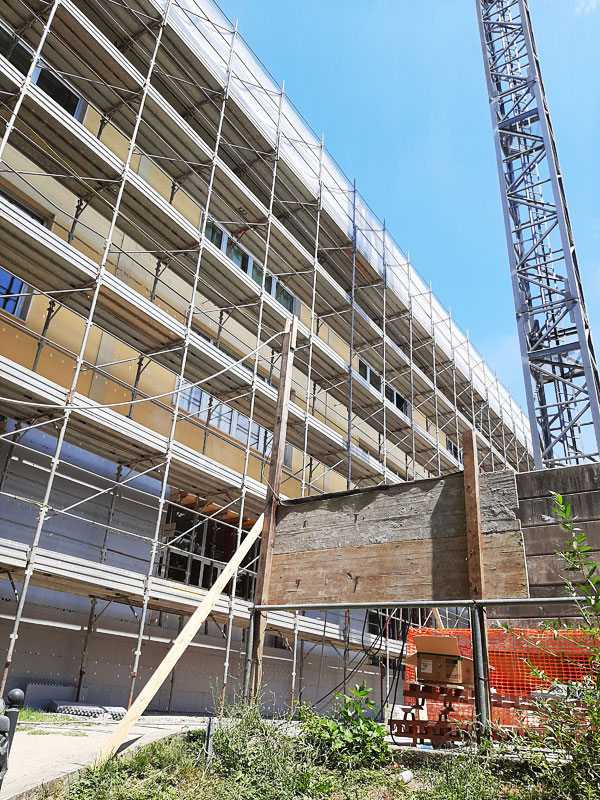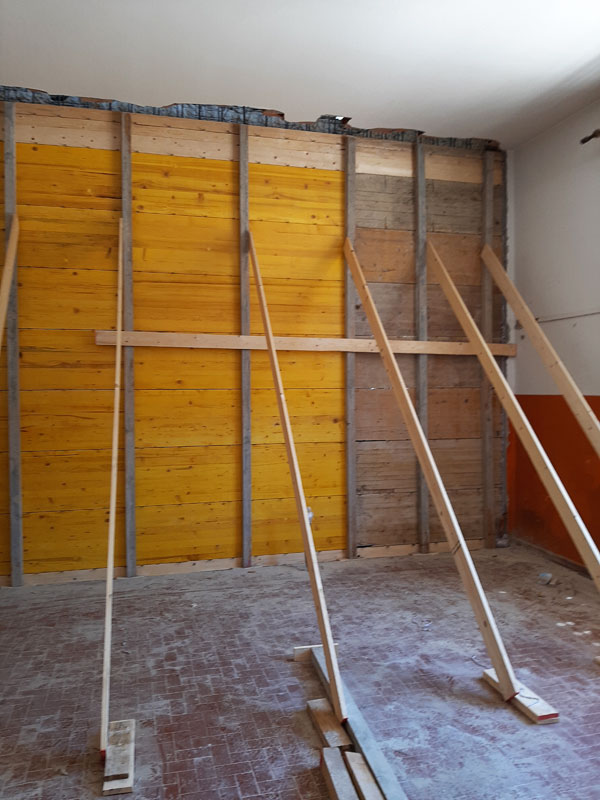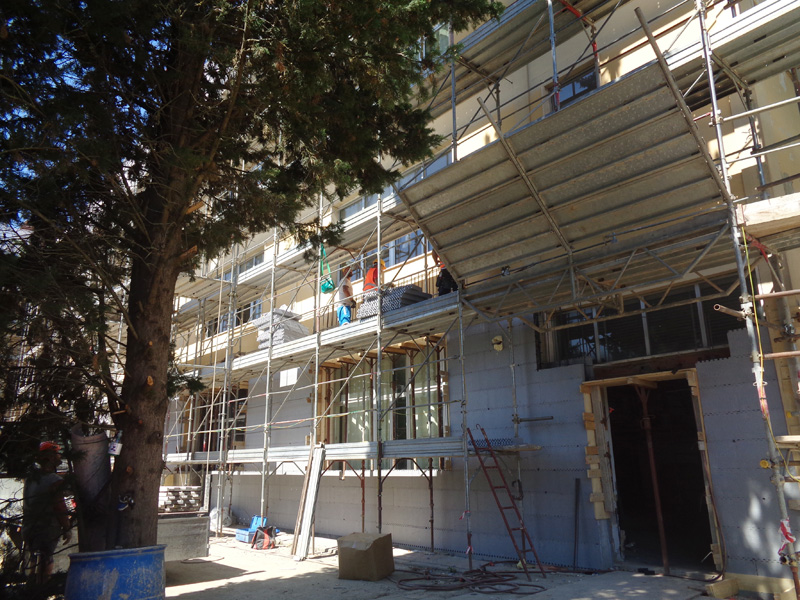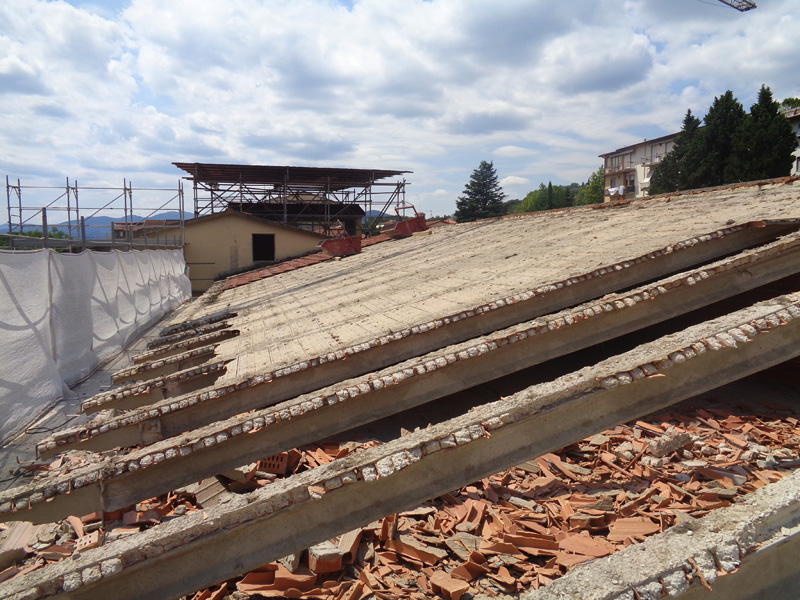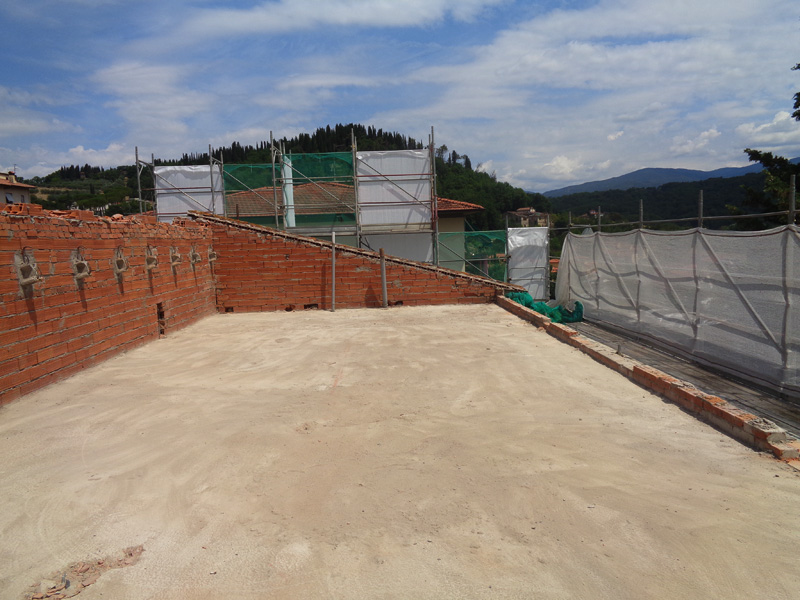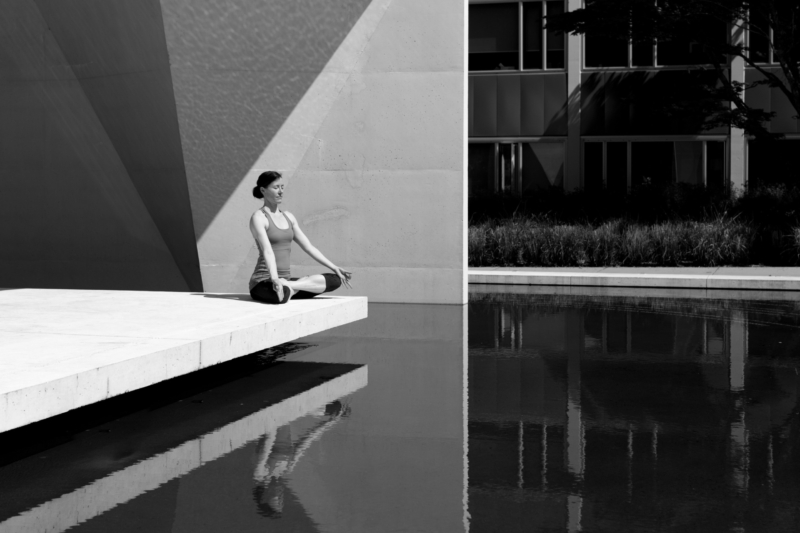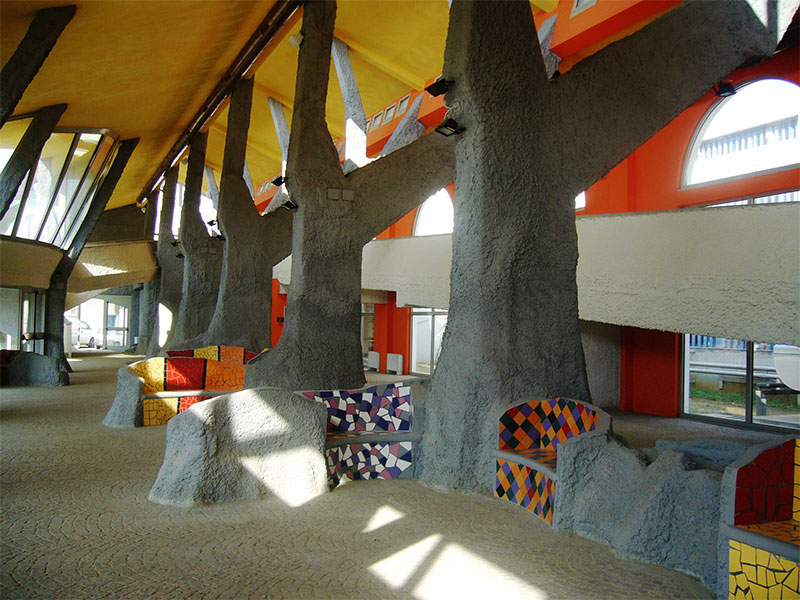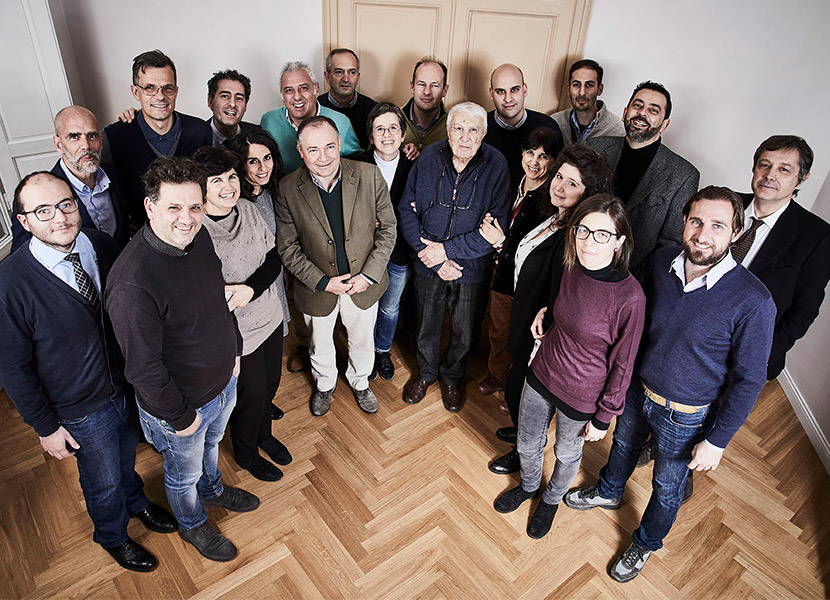Work has started on Papini School in Rignano sull’Arno (FI)
The seismic adaptation works of the G. Papini Secondary School, in Via della Pieve 66 in Rignano sull’Arno (FI), have started for two months in an area with also other school facilities, very close to the center.
Over the past ten years, HYPER STP has been involved in the design of this public assignment . Through a delicate planning and administrative process, the school in the capital reached an important step essential to give a “safe educational offer, fundamental right to be guaranteed to students”, as mayor Daniele Lorenzini expressed when signing the contract for the commencement of works. Eng. Stefano Capretti in particular oversaw the preliminary (2010-12) and final (2015) projects. HYPER StP oversaw the executive design (2018-19) of the seismic adjustment works and systems (Stefano Capretti together with eng. Simone Senesi and eng.Franco Cecconi) and is now engaged in the Structural and Plant Works Management Department and in the Safety Coordination.
Further progress on the construction site will follow on our social networks; now let’s give the floor to the designers.
The project lasted many years. What did it mean for you in order to finally get to the adaptation works?
Eng Stefano Capretti (Designer and structural D.L.): It certainly meant dedicating a lot of time to a job that gradually seemed more and more exciting to me: we were able to intervene on a building from the ’70s to recover it and bring it to a full seismic adequacy compared to current laws. At the beginning it seemed a fairly complex operation and difficult to carry out because the structural conception of the time was completely different from what is necessary today for an anti-seismic design. The foundations were not connected to each other, there were no seismic joints between the various blocks .
Eng. Franco Cecconi (Designer and plant D.L.): One of the problems of our job is that often from the beginning of the design to when the works are completed many years pass and you don’t always have the satisfaction of seeing the work for which you worked. Determination, ability to mediate to achieve the goal, patience and not to be discouraged by negative experiences are needed. In this case we have the satisfaction of seeing the works completed!
This project is innovative both from a technical and a management point of view. Can you tell us about it?
Eng Stefano Capretti: This project is actually innovative in its conception. This is why we have changed our design approach between the final and the executive project. In fact we have created a “seismic coat”, a type of structure that also has the characteristics of a thermal coat, obtaining the double result of adapting the building from an anti-seismic point of view and conforming the envelope from the point of view thermal. It has also the advantage that it’s operated mainly from the outside greatly reducing the costs and times of demolition and processing. It also allows you to work even with a certain freedom of movement, which in this period is particularly useful given the need for distance between workers for Covid.
What will be the interventions to seismically adapt the school?
Eng. Stefano Capretti: Connect the foundations with inverted beams or with curbs, instead of isolated plinths; create a seismic joint in the contact between two blocks; externally create reinforced concrete partitions with their doors and windows, surrounded on both sides by layers of insulating materials that acted as a formwork that remains in place because it has thermal functions. In addition to this, we intervene on the roof by lightening and insulating it, because the roof was not insulated at all. This is an intervention to complete the envelope, necessary for the thermal aspect.
What do you mean by seismic coat? Why was it chosen?
Eng. Stefano Capretti: The seismic jacket is a solution that obtains the double regulatory adaptation, the seismic and the thermal one relating to the provisions on energy saving. This is possible because you work essentially on the external skin of the building, and in the end you will have, as in our case, a suitable building simically and in class A from a thermal point of view.
And is this the technology that was designed together with the company?
Eng. Stefano Capretti: To be precise, the client presented us with this solution and after an analysis we assessed that it could be an effective solution from a structural and functional point of view to reduce interventions inside the building. This solution, becoming a concrete prospect, has also made it possible to evaluate the thermal and economic benefits. The company that won the race was free to choose that construction system or other equivalents.. The winning company (Impresa Montefalchi s.r.l. based in Figline-Incisa Val d’Arno) proposed one equivalent to what we had defined in the project. The fact that a year ago sismic coat was an innovative system and already after 8/10 months the market had alternatives is a sign of the vitality and liveliness of the market, which had a certain readiness to respond to regulatory requests in an innovative way.
What are the interventions that will be carried out on the plants? What is changed or added?
Eng. Franco Cecconi: The school needed the renovation of the plants. Structural works also involve some plant engineering interventions. The lack of adequate funds and the needs due to structural works find their mediation in the refurbishment of some bathrooms and their systems, in the refurbishment of the electrical system of the basement, and in some interventions on “spot” systems. However, the municipal administration intends to complete the renewal of the plants shortly
Speaking of times, what did you foresee and how is the construction going?
Eng. Stefano Capretti: This intervention was scheduled during the school’s summer closing period. It began at the end of May with the construction site, and it is expected that by mid-September it will be finished at least with the main interventions, those internal and those that cause noise, incompatible with the school activity.The technology of the “seismic coat” certainly allows for rather rapid construction times.We planned to work immediately on the school’s volume for reopening in September, deciding that the gym could remain closed for a while at the beginning of the school year. I believe that we are substantially in the times, at least for what can be foreseen now. The site does not include any stop in August. In the busiest period, up to four workers’ teams are expected to work in parallel, three on the external perimeter and one inside.
How did the pandemic affect the construction site times?
Eng. Stefano Capretti: Formally, we could have started in early May, but in fact the rules imposed by Covid prevention meant that the first month was dedicated to organizing the construction site safely: doubling the toilets and the construction barracks and rearranging the canteen space. At that time, there was a rush for all construction works to rent the site structures because they doubled for everyone. There was a time when the chemical toilets were no longer there, for example. All in all, we did not experience significant delays due to Covid
What did it mean to rethink safety in a construction site in this delicate phase for the country and for the world? What changes needed to be made?
Eng. Simone Senesi (Security Coordinator): The resumption of construction works on the construction site had to deal with the emergency that was affecting the whole country, in a legislative and technical context that was changing rapidly from day to day. Surely getting back to work has already been a challenge for everyone after moments of despair and forced rest. The construction site had not started previously and this certainly facilitated the project reorganization. The companies entered the construction site already aware of the problems due to Covid-19. Now the work is proceeding and the construction site is developing according to the activities that are scheduled weekly in order to have periodic control of the ongoing activities and in the short term.
Arch. Nicoletta Sadun
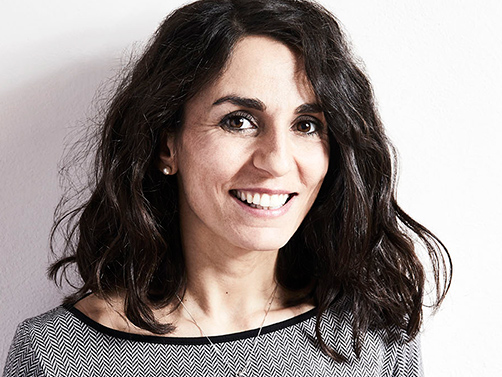
Nicoletta Sadun
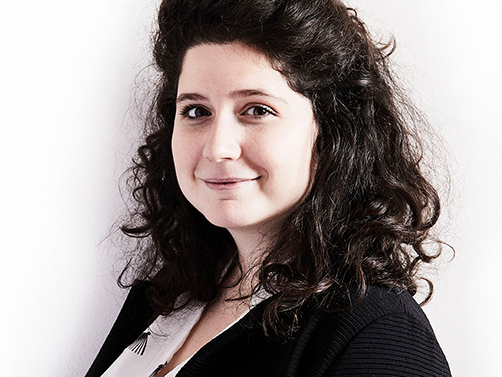
Sara Basile
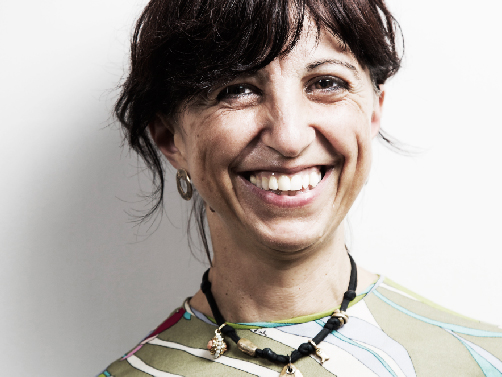
Giovanna Padellaro
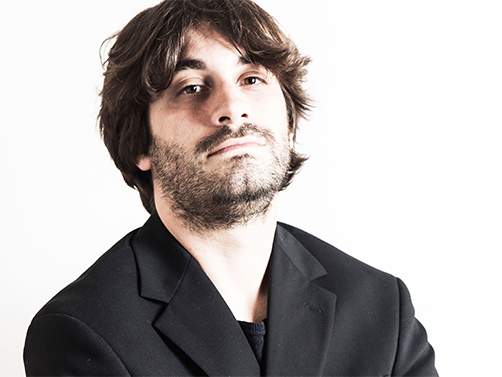
Marco Biagiotti



